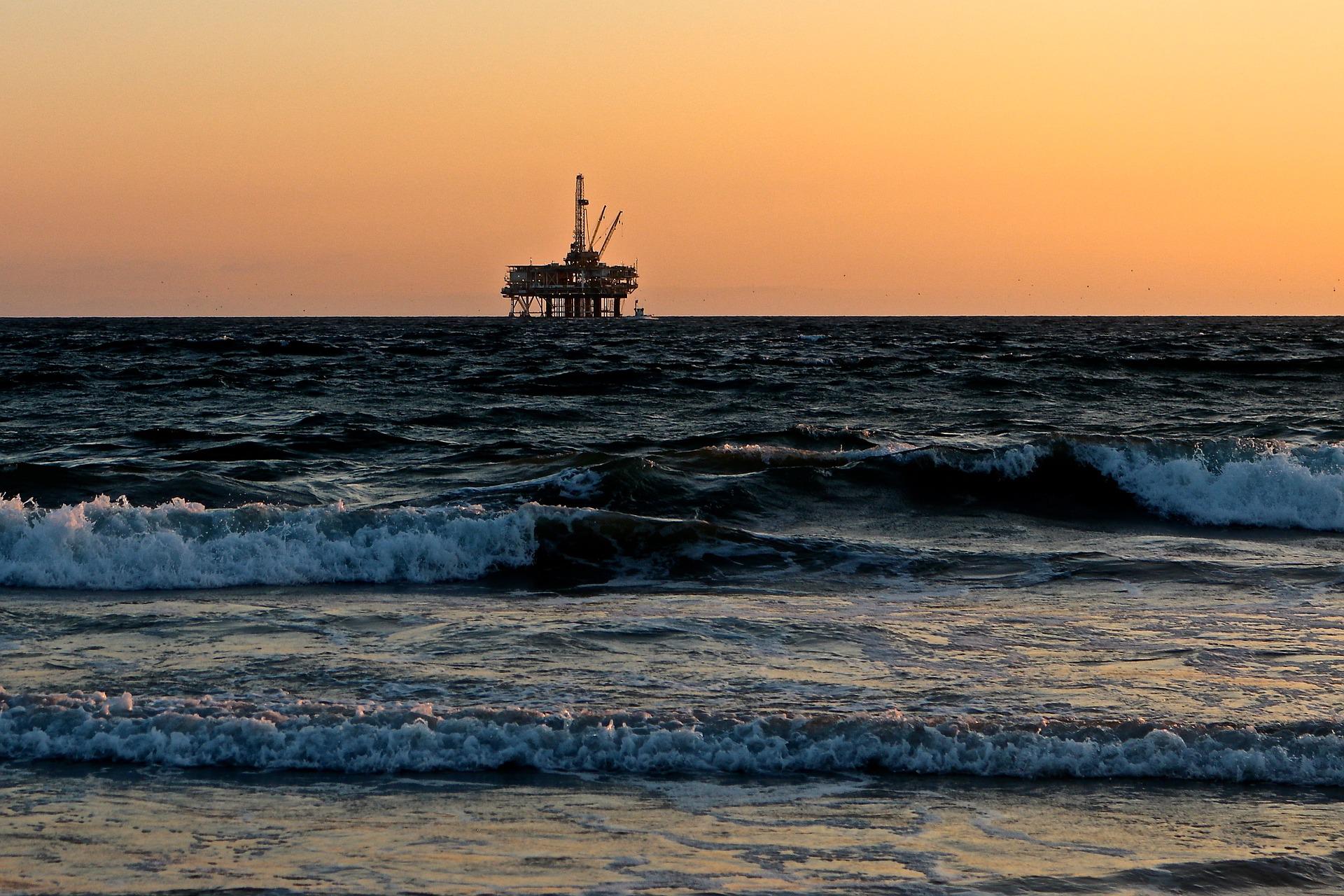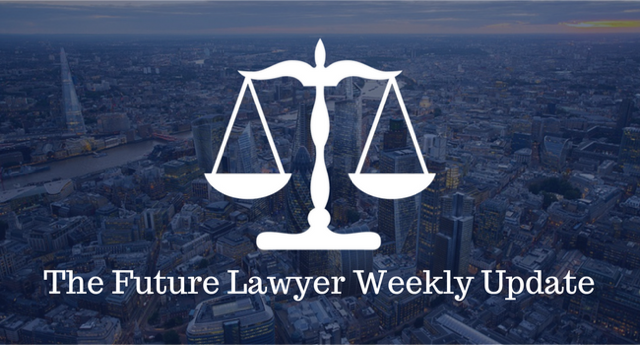
The Impacts of the Oil and Gas Windfall Tax
August 2, 2022
Commercial Awareness Update – W/C 8th August 2022
August 5, 2022H&M? More like H& in-trouble
by Shaznee Seraj
H&M is seeing another lawsuit in the United States and this time it is due to the company’s “misleading” sustainability marketing.[1] Are we even surprised at this point? I guess not.
H&M is allegedly “taking advantage of consumers’ interest” in sustainability and items that “do not hurt the environment.” Chelsea Commodore, the claimant, claimed that the Swedish fast fashion giant notably incorporated “‘environmental scorecards’ for its products called “Sustainability Profiles” into the labelling, packaging, and marketing materials in an effort to target the expanding market of eco-conscious buyers who are willing to pay more for “sustainably-made” clothing and accessories.[2] Grim.
Long story short – the company has allegedly created a comprehensive marketing strategy to “greenwash” its products, making them appear more eco-friendly than they actually are. How so? The “misleading” environmental scorecards that are widely featured on “green hang tags, in-store signage, and online marketing” are a component of this larger campaign. One H&M-marketed Sustainability Profile, for instance, “stated that a dress was created with 20 percent less water on average,” while an unbiased Quartz investigation found that the dress “was really made with 20 percent more water.” #notcute.
Why is it problematic?
Commodore argued that by presenting negative outcomes as positive ones in a “convenient and flagrant” manner, such as changing “more water” into “less water” on its scorecards, H&M is “falsifying” their Sustainability Profiles using “inaccurate and deceptive statistics” and “misrepresenting its items as being better for the environment than comparable clothing, when they are not,” Additionally, Commodore claims that H&M did this “for each and every Sustainability Profile scorecard,”[3] which just makes the situation worse. We have seen the chaos PrettyLittleThing has caused with its Pink Friday sale and this is just as bad. When will these companies stop with its greenwashing claims? Just give the customers the truth already!
Take-aways
The risk for businesses that are marketing products and services as “sustainable” (or “eco-friendly,” “green,” “responsibly-made,” and/or “ethical,” among other commonly-used buzzwords) without being able to back up these claims is rising as a result of the ALDI case[4], an increase in lawsuits (including this one), and increasing attention from regulators around the world to ESG and climate-related disclosures/marketing. Therefore, companies would be well-suited to refrain from making representations that are not supported by sufficient facts, according to Kate Hawkins, Shannon Uhera, and Céline Bey of Gowling WLG. I agree. It seems that companies have gotten away with making ESG claims (Boohoo, we are looking at you) which demands legal intervention.
Even worse, according to @earthrise.studio[5] the Earth Overshoot Day has arrived earlier than earlier before. Earth Overshoot Day basically marks the date when humanity has used all the biological resources that Earth regenerates during the entire year.[6] That’s on overconsumption and is a reminder that we must do better. It shall serve as a warning sign that our rate of consumption is speeding up more and more each year. Certainly, greenwashing cases such as this and ALDI contribute to the overall damage. As such, legal intervention through mandatory ESG audits, for instance, is required more than ever before.
Sources:
[1] Commodore v. H&M HENNES & MAURITZ LP, 7:22-cv-06247 (SDNY).
[2]https://www.classaction.org/news/greenwashing-class-action-alleges-handm-sustainability-profiles-contain-falsified-information
[3] https://hypebae.com/2022/7/h-m-green-washing-lawsuit-sustainability-misleading-marketing-fast-fashion
[4]https://sustainablefutures.linklaters.com/post/102hphn/us-another-us-federal-court-issues-decision-on-greenwashing-claims-highlightin
[5] www.instagram.com/earthrise.studio
[6] https://www.footprintnetwork.org/our-work/earth-overshoot-day/
TULLOW AND CAPRICORN MERGER
By Ameyiwa Asmah
On the 13th of July 2022 Tullow reached an agreement with Capricorn Energy on the terms that there be an all share merger. This was done with the mind-set and goal of creating one of the greatest Energy company in Africa. It also has plans of opening a wide range of assets and investments opportunities which is an essential factor when looking at the growth of both companies.
On the 13th of July Tullow CEO Rahul Dhir said the all share merger was necessary despite the criticism it faced from the public and some of the Capricorn shareholders. The boards of both companies have said that the deal is approved by its shareholders even though some of Capricorn investors believe that the deal serves more as an advantage to the shareholders of Tullow. Capricorn CEO Simon Thompson has also defended the merger in an interview with Sunday times. He went ahead to say that the merger offers potential growth for both companies and there was no other deal that will give them focus and scale like this.
Tullow has brought out its strategic update about how well it performed in the year 2021. It has also outlined a number of critical actions for 2021 and in its recent annual report it went ahead to outline some of the progress it made this year and this happened to be:
- The pre-emption of the sale by Occidental Petroleum to Kosmos Energy of its interests in the Jubilee and TEN fields in Ghana was completed successfully in March, adding c.4 kbopd of unhedged production.
- On 1 July 2022 Tullow took over the Operation & Maintenance (O&M) of the Jubilee FPSO from MODEC. This is part of a major transformation plan to make the assets in Ghana more efficient and cost-effective, notably sustaining strong FPSO uptimes and targeting further operating cost reductions.
- Tullow and its Partners are in discussions with the Government of Ghana regarding the development of the material resources of c.2 TCF of associated and non-associated gas located in Jubilee and TEN. This will be an important contributor to the long-term energy security of the country.
- A confidential process to secure a strategic partner for the material development project in Kenya continues and Tullow is confident that it will make substantial progress in the second half of the year.
It can be said that this merger would be a good influence on both companies and it can satisfy the goals both companies hope to achieve.
A stellar job: Elon Musk’s Starlink given the seal of approval in Ukraine
By Stella Clarke
Whilst most people might associate Elon Musk with companies like Tesla and SpaceX, or more recently, with his bid to takeover social media giant Twitter, his Starlink venture has received much less public attention. Yet, its pivotal role in providing internet connection to front-line troops in Ukraine has recently been lauded by NATO leaders, military personnel and individuals across the globe. Indeed, one platoon commander operating on the Izyum front told the Wall Street Journal that “without Starlink we would have been losing the war already”. This statement reflects not only a tremendous technological achievement but suggests exciting commercial prospects for the burgeoning low earth orbit (LEO) ecosystem.
Unlike its fibre optic counterparts, SpaceX owned Starlink operates through portable backpack sized satellite dishes which communicate with a constellation of satellites operating in LEO (between 150km and 2000km above earth). Although Starlink’s satellite internet system is yet to match the bandwidth of more traditional service networks, its independence from cellular towers or underground fibre networks means it is more adaptable and thus suitable for operation in conflict zones. Moreover, Starlink’s low orbit configuration (which requires many satellites to work in a constellation) makes it much harder to collapse the network, as to do so would meaning having to pinpoint all satellites at once. Something Russia is, unsurprisingly, yet to accomplish.
In military operations, Starlink has been used to plan counterattacks or artillery barrages against Russian forces. Outside of this, soldiers have used the service to communicate with loved ones, dissipate boredom, as well as, capture and upload raw footage of heinous Russian attacks on civilians to social media platforms. Even Volodymyr Zelenskyy, the country’s president, has regularly used the technology to update his social media following and hold Zoom calls with political leaders such as Joe Biden, Emmanuel Macron and Boris Johnson. Ultimately the strategic impact of Starlink has enabled Ukraine to thwart Russian efforts to isolate the country from the outside world and destroyed Russia’s information campaign. The importance of which cannot be understated.
In turn, Ukraine has provided Musk and SpaceX with the ultimate test to demonstrate the effectiveness of Starlink’s technology. The success of which is likely to inspire further LEO satellite investment for Starlink and its competitors, such as Britain’s One Web and Amazon’s Project Juniper. The market for satellite internet is linked to the exponential growth in global demand for data. This includes anticipated demand from emerging technologies, such as automated vehicles and smart cities. Accordingly, Morgan Stanley forecasts that by 2040 the consumer satellite broadband market could be generating around $100bn in sales. This estimate reflects the wider and growing interest in the global space industry, which saw a 50% increase in private and public investment throughout 2021. Ultimately, such developments pose a vast array of hugely exciting commercial opportunities for the future.



